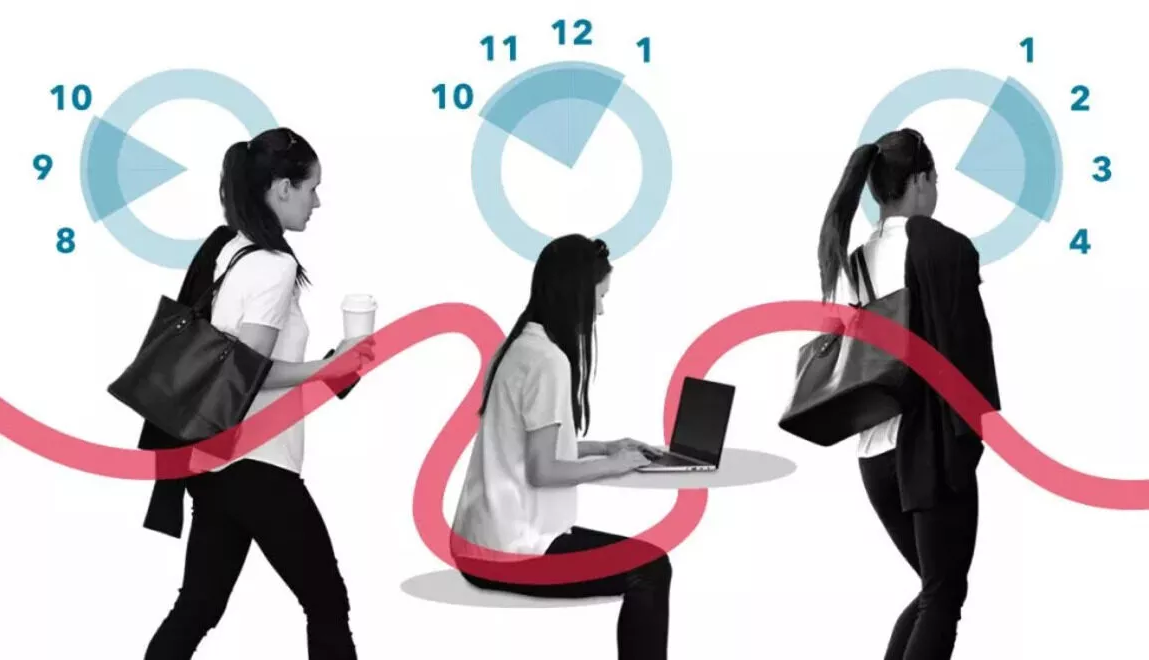Do records of working hours include only registers of arrivals and departures?
Source: eKapija
 Wednesday, 23.11.2022.
Wednesday, 23.11.2022.
 22:21
22:21
 Wednesday, 23.11.2022.
Wednesday, 23.11.2022.
 22:21
22:21
(Photo: Luka Funduk/shutterstock.com)

Aside from legislation, when it comes to recording working hours there is often a need for collecting and processing additional data to perform and complete the task thoroughly. To be specific, even though it is commonly thought that it`s enough to register employees arrivals and departures (and maybe even break times) it is often necessary to manage other types of data and information as well. Keeping track of working hours is not easy and some of the data categories that need to be managed are data about:
- employee sick leave
- travel orders
- payment for time worked
- unpaid work
- submitting requests and approval of use of annual leave
- overtime
These categories aren`t only important for the qualitative analysis and tracking company`s employee data. Some of them must be recorded because the employer has a legal duty to. For example, according to law, employees who work on holidays and non-working days must be paid more than on regular working days. Besides, employees are guaranteed break times if they work more than six hours that day. Between the end of first and the beginning of the second shift there must be a break o employers would be within the law. These are just some of the details that need to be managed. Aside from that, qualitative analysis allows employers to determine various details related to employees, for instance the number of hours of absence, individual employee productivity and the like. These analysis help with reaching decisions related to employees` progress and employee performance. There is an option to keep track of employee workload and whether it is necessary to rearranging work duties within company`s organizational structure.
(Photo: Špica)

Is there a more efficient way of recording working hours than manually?
State law doesn`t stipulate the form of record keeping,which means that records can be maintained manually (i.e. writing data on working hours on paper or in Excel tables) or digitally. Of course, it-s not the same if an organization has five or 30 and more employees but the more an organization grows the more records keeping becomes complex.
Besides, manual input allows for various errors to be made. There is always a chance that arrival or departure times entered are incorrect , that annual leave is not registered on time and the like. Those situations can cause unnecessary and damaging work problems and lead to error that hinder workflow. In order to avoid that, it is always better and simpler to implement a system for keeping record of working hours.
Digital records of working hours:
The system for digital time keeping provides quicker and simpler records keeping. The system has options for adjusting rules (e.g. flexible working hours) thus giving various rights to certain employees (For instance , employees can view only their own data and department heads can view an edit their employees data). In this way, the protection of personal data is taken care of and their better control is achieved. In addition, it is possible to see who made what changes to certain personal data (names and surnames of employees, data on working hours of employees, etc.). Then, department heads or the HR department can very quickly get detailed reports on the working hours of employees, both individual and department-wide reports. Thus, all important data can be seen ensuring better decision-making based on the analysis of such data. It is clear that a digital timekeeping system has a number of advantages over manual data processing. It also makes the salary calculation process much simpler, because you get the necessary data.
Finally, we can say that a system for recording working hours is a good business decision that can contribute to faster data processing, cost reduction and ensure more time for the performing other necessary tasks for department heads or the human resources department. It only takes a few steps to get detailed reports, both for internal and management needs, which can be the key to improving an organization`s business.
For over 30 year Spica International Ltd. produces and implements systems for working-time management and access control and our Time&Space solution is maybe just what you need! You can find out more on the product here.
State law doesn`t stipulate the form of record keeping,which means that records can be maintained manually (i.e. writing data on working hours on paper or in Excel tables) or digitally. Of course, it-s not the same if an organization has five or 30 and more employees but the more an organization grows the more records keeping becomes complex.
Besides, manual input allows for various errors to be made. There is always a chance that arrival or departure times entered are incorrect , that annual leave is not registered on time and the like. Those situations can cause unnecessary and damaging work problems and lead to error that hinder workflow. In order to avoid that, it is always better and simpler to implement a system for keeping record of working hours.
Digital records of working hours:
The system for digital time keeping provides quicker and simpler records keeping. The system has options for adjusting rules (e.g. flexible working hours) thus giving various rights to certain employees (For instance , employees can view only their own data and department heads can view an edit their employees data). In this way, the protection of personal data is taken care of and their better control is achieved. In addition, it is possible to see who made what changes to certain personal data (names and surnames of employees, data on working hours of employees, etc.). Then, department heads or the HR department can very quickly get detailed reports on the working hours of employees, both individual and department-wide reports. Thus, all important data can be seen ensuring better decision-making based on the analysis of such data. It is clear that a digital timekeeping system has a number of advantages over manual data processing. It also makes the salary calculation process much simpler, because you get the necessary data.
Finally, we can say that a system for recording working hours is a good business decision that can contribute to faster data processing, cost reduction and ensure more time for the performing other necessary tasks for department heads or the human resources department. It only takes a few steps to get detailed reports, both for internal and management needs, which can be the key to improving an organization`s business.
For over 30 year Spica International Ltd. produces and implements systems for working-time management and access control and our Time&Space solution is maybe just what you need! You can find out more on the product here.
Companies:
 Špica Centar d.o.o. Beograd
Špica Centar d.o.o. Beograd
Tags:
Spica International Ltd
records of working hours
salary calculation
HR
human resources
digital timekeeping system
sick leave
unpaid work
register of employee arrivals and departures
special edition newsletter
Digital Transformation Roadmap to eFuture
Comments
Your comment
Naš izbor
Most Important News
Full information is available only to commercial users-subscribers and it is necessary to log in.
Follow the news, tenders, grants, legal regulations and reports on our portal.
Registracija na eKapiji vam omogućava pristup potpunim informacijama i dnevnom biltenu
Naš dnevni ekonomski bilten će stizati na vašu mejl adresu krajem svakog radnog dana. Bilteni su personalizovani prema interesovanjima svakog korisnika zasebno,
uz konsultacije sa našim ekspertima.


 Izdanje Srbija
Izdanje Srbija Serbische Ausgabe
Serbische Ausgabe Izdanje BiH
Izdanje BiH Izdanje Crna Gora
Izdanje Crna Gora


 News
News










